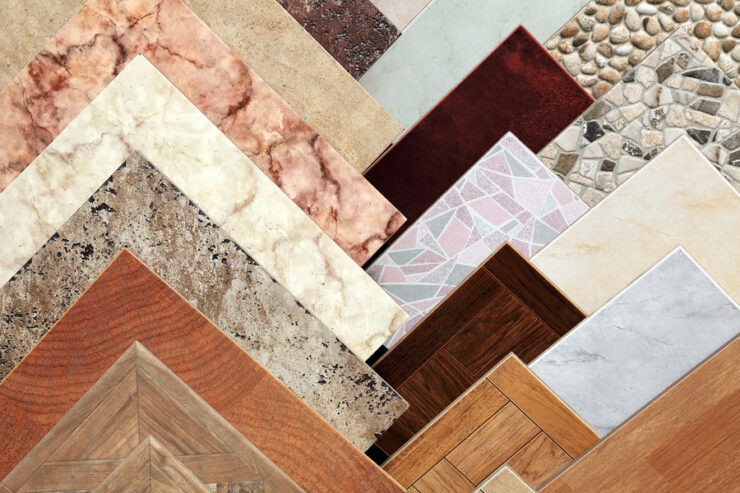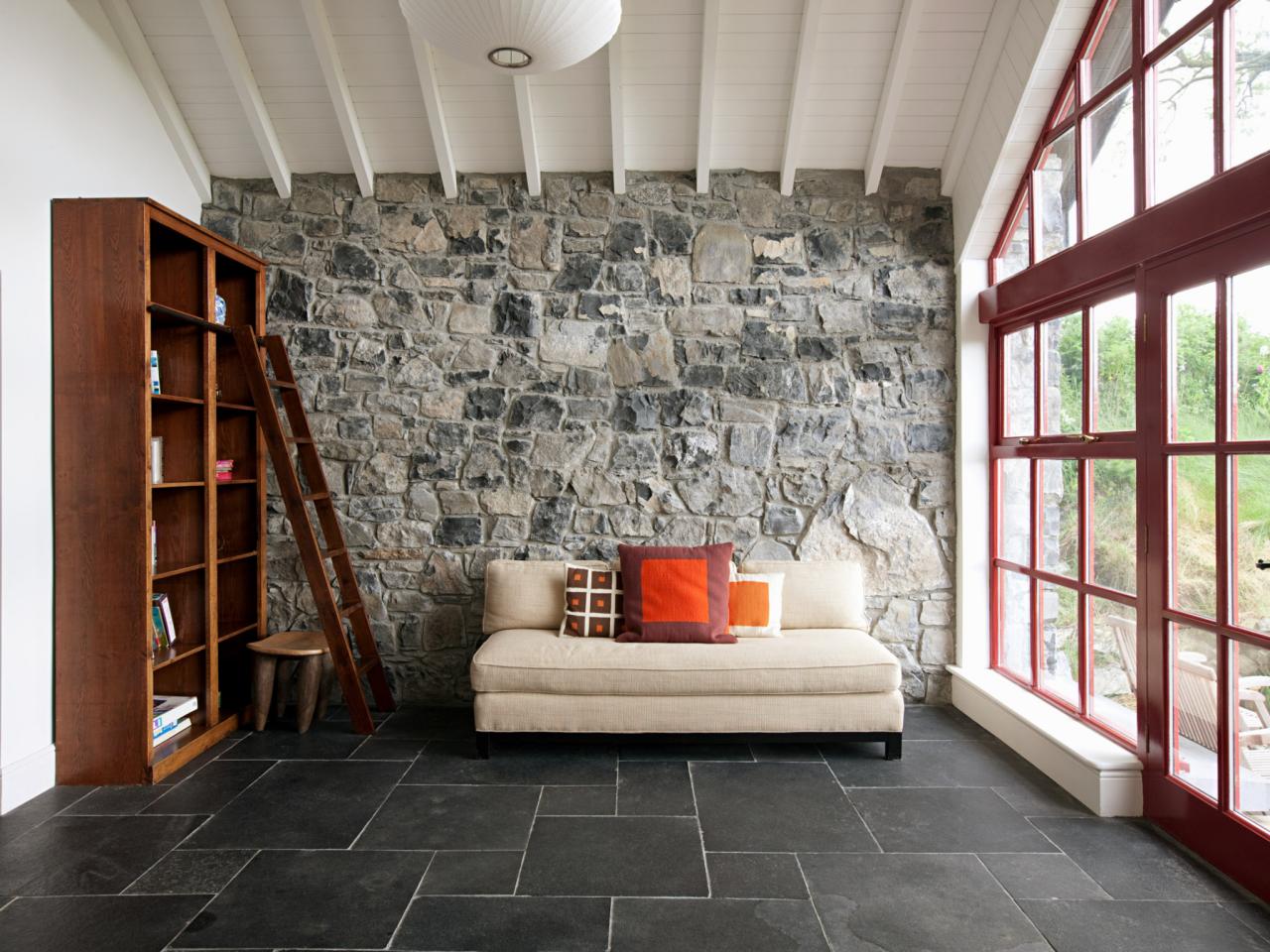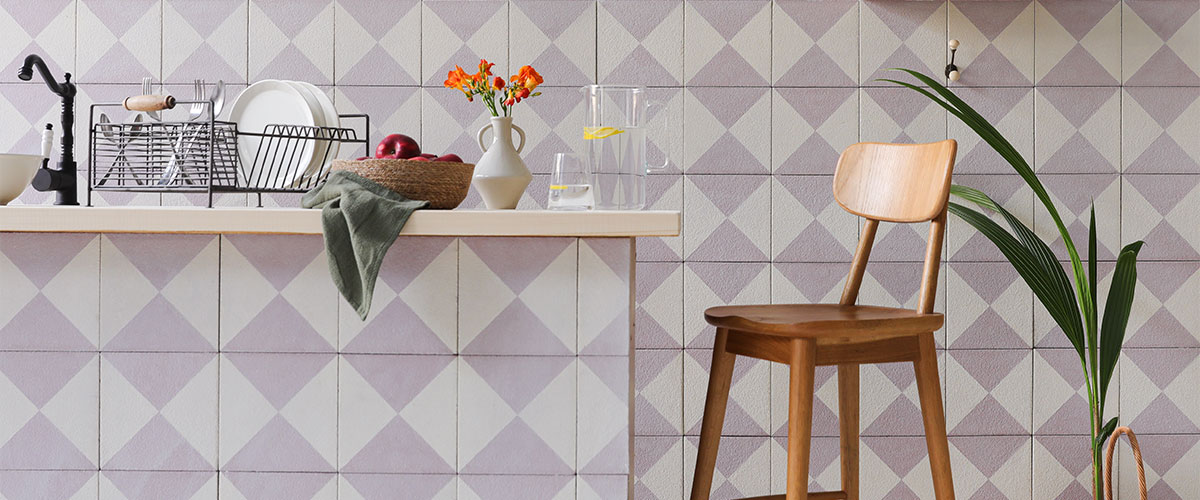1. Ceramic tiles
One of the most common forms of tiles is ceramic, which is created from clay that has undergone a high-temperature firing process. They are a flexible alternative for every area because of their wide range of colors and designs. Ceramic tiles are a common option for DIY projects since they are affordable, simple to install, and durable. They can chip or crack with time, though, as they are not as resilient as certain other kinds of tiles.

2. Porcelain tiles
A form of ceramic tile called porcelain is fired at even higher temperatures, giving it a denser and tougher texture than regular ceramic tiles. They are a great option for high-traffic areas like kitchens and bathrooms since they are more resistant to scratches and stains. You have many alternatives when it comes to porcelain tiles because they are available in a variety of hues and surface treatments, including as matte, polished, and textured.

3. Natural stone tiles
Materials including marble, granite, limestone, and slate are used to create natural stone tiles. They have a distinct and natural beauty that man-made tiles cannot match, and they are exceedingly resilient. Natural stone tiles need more upkeep to keep them at their best, though and are often more expensive than ceramic or porcelain tiles. Additionally, they are more porous than other types of tiles, which makes them more vulnerable to stains.

4. Glass tiles
Modern and stylish, glass tiles may provide a room a lot of visual intrigue. They may be used to make beautiful mosaic designs and come in a variety of colors and sizes. Glass tiles are a great option for kitchens and bathrooms since they are so simple to maintain and keep clean. However, they are more expensive than other kinds of tiles and, if improperly laid, are more likely to shatter or chip.
5. Cement tiles
A combination of cement, sand, and colors is used to create cement tiles, which are both fashionable and environmentally sustainable. They are a fantastic option for high-traffic areas because they are highly resilient and come in a variety of designs and colors. Additionally, cement tiles are rather simple to install, making them a popular option for do-it-yourself projects. However, they might be vulnerable to stains and need to be sealed frequently to keep their beauty.

Tips for making a good choice
When choosing the right type of tile for your space, there are several factors to consider. Here are a few tips to help you make a good choice:
1. Consider the location
Different types of tiles are better suited for different areas of your home. For example, porcelain tiles are ideal for bathrooms and kitchens, while natural stone tiles are better suited for living areas and bedrooms.
2. Think about durability
If you have a high-traffic area, like a hallway or entryway, you will want to choose a tile that is durable and able to withstand wear and tear.
3. Consider maintenance
Some types of tiles require more maintenance than others, so think about how much time and effort you are willing to put into upkeep.
4. Look at color and pattern
Tiles come in a wide range of colors and patterns, so choose one that complements your existing decor and personal style.
5. Get professional installation
While some types of tiles are easy to install yourself, others require professional installation to ensure that they are properly laid and will last for years to come.












